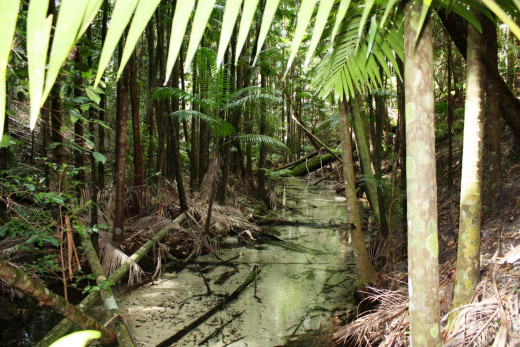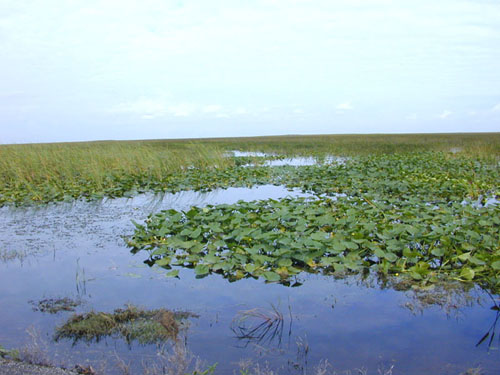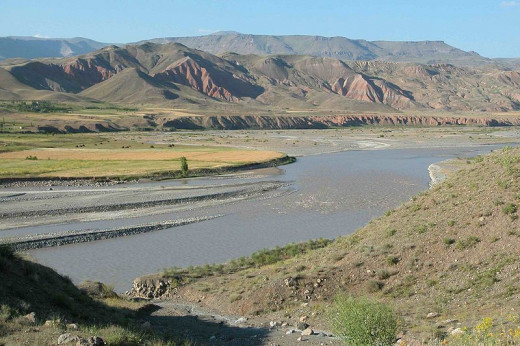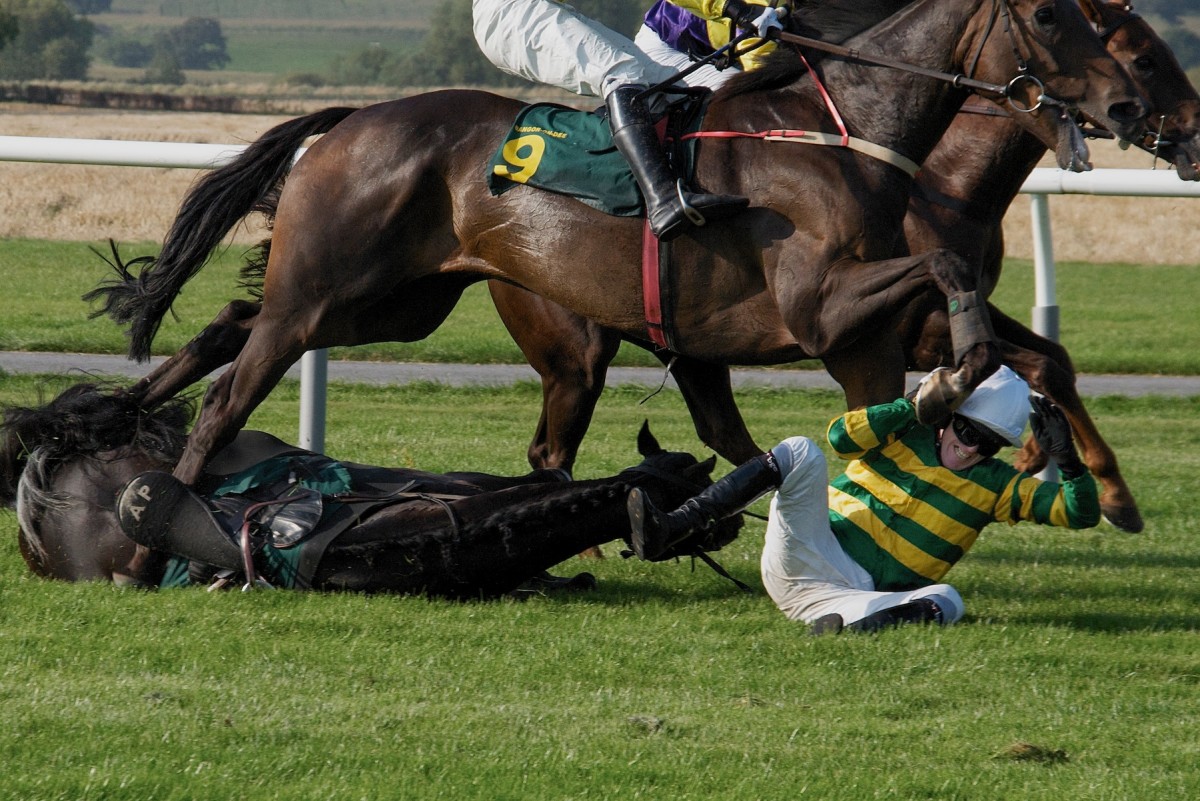Ecological Photography - One Ecosystem at a Time

Ecological photography, Ecosystem photography, Eco photography or even Ecography as it is sometimes called is the photographic process that involves photographing images of a particular ecosystem on repeated occasions.
If you live near the ocean, the dessert, mountains, a valley, river, lake, forest, tundra, swamp, rocky terrain then you have an ample opportunity of doing this type of photography.
This is similar to two other types of photography; environmental photography and documentary photography, but unlike environmental which focuses on the changes of an environment and the effects that man has on it or like documentary which documents a location and other subjects over extended periods of time,
Ecological photography is mostly geared towards taking various photographs of the stability or instability of a particular system and the inhabitants and all other elements located within the system.
An Eco photographer will probably visit the same stretch of beach, river or dessert during a prolonged period of time, perhaps two or three times per week or per month for a period of several weeks or months.
The images will be of the general appearance of the system, capturing new details and new subjects on each visit or the photographer will focus on certain species of plants, certain species of animals, patterns in the land, the sand, tree growth etc. Or the focus can be aimed at one animal species and its daily routine; how it lives, what it eats, where it lives how it moves and so on. On one particular plant species or a particular terrain and its patterns which is common in dessert photography.
Ecosystem photography's intent is to record variations in appearances, even changes in the ripples of a sand dune or changes in foliage, new plant growth which transforms a scene, the appearance of mold or fungus, a fallen tree that wasn't there before, all of these examples are good sources to photograph and lets the viewer see an Ecosystem changing as time goes by. In other words; to record how a system, and everything in this system looks today, how it looks tomorrow and how it looks on subsequent visits.
One good example would be to photograph the Eco system at every season; Winter, Summer, Fall, Autumn, Spring. How the fauna adapts and the changes that they go through. The flora and how the different seasons cause changes in color. Also how the weather has an effect on the Ecosystem. Do floods have a negative effect on the plant and animal life, does it disrupt the living conditions or pose a risk by causing a dwindling of available resources and food?
Virtually any Ecosystem will have items and nuances that will present themselves at any time. A photographer following this theme can be assured that on every visit he or she will discover new subjects and situations worth photographing.
The great American photographer Ansel Adams was renown not only for his images featuring various American Eco Systems but he also visited the same locations during various times to record changes and the evolution of these systems.
Ansel Easton Adams (February 20, 1902 – April 22, 1984) was an American photographer and environmentalist, best known for his black-and-white photographs of the American West, especially in Yosemite National Park.Wikipedia


Some of the most recent Eco photography efforts have involved the re-introdution of animals species which once flourished in a certain Ecosystems but because of several factors have dramatically declined or have become non existent. The photographer attempts to follow and photographically record the evolution and adaption of the animal to its new surroundings to include all the particulars in the terrain during various stages.
This style is perfectly suited for the calendar industry with one Ecosystem being photographically represented over the span of a year. Ecological studies also benefit from this technique too as an rather inexpensive way of documenting an environment and the various species of animals and plants and the Ecosystem's environmental factors as well as the effects of weather and time on plant and animal life and the effects of any human interaction.
If the images are compelling enough and the Ecosystem is important enough, not that any Ecosystem is not, this work can lead to a complete Ecological study and one which often leads to a book publishing. Many of these images can also be shown on private web sites or galleries for individual sales.
- Conservation Photography - Biodiversity Photography: Documenting the Diversity of Life with Stock &a
Conservation Photography Conservation Photography is photography for a reason: saving the diversity of life. As a science, photography can serve to forever document where the millions of species on this Earth live, how they survive, and why many migh
© 2011 Luis E Gonzalez







